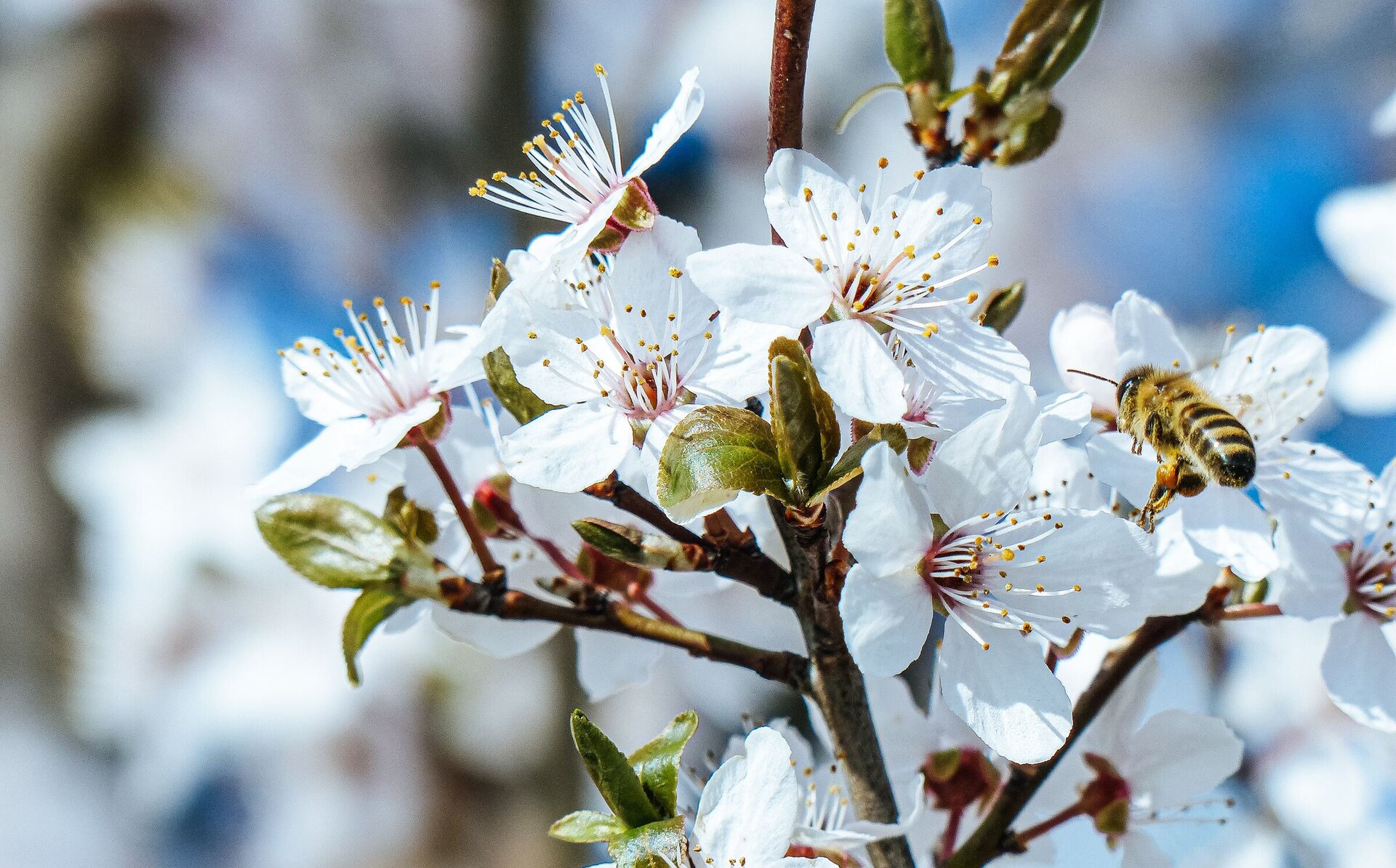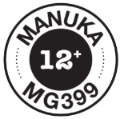Manuka rating labels can be so confusing! But to ensure you purchase real manuka honey you do need to understand them. Look for the following ratings, just having 'active' or 'bioactive' on a label is not a true indication it is pure manuka honey.
Non-Peroxide Activity (NPA)
Only manuka honey has NPA. This non-peroxide activity is rated to signify the level of antibacterial strength. The higher the rating the higher the activity and therefore the greater the healing power (just like SPF in sunscreen is an indicator of sun protection). Generally, a rating of 0-4 is undetected, 5-9 is used for maintenance, 10-14 for therapeutic usage and 15+ has very high activity levels for therapeutic usage.
Unique Manuka Factor (UMF)
Unique Manuka Factor is a branding that is generally affordable for large commercial operators and provides an assurance to overseas customers that testing for activity meets international requirements. The test for this rating is NPA (as discussed above), for example a 5+UMF is the same at 5+ NPA.
Methylglyoxal (MG or MGO)
There is disagreement within the industry on the consistent reliability of NPA results and therefore methylglyoxal testing is now required. Methylglyoxal is the active ingredient responsible for the non-peroxide antibacterial activity in Manuka honey. It is a naturally occurring and stable compound that can be consistently and reliably tested. Methylglyoxal does correlate to NPA, the higher the MG rating the higher the NPA rating.
Here's an example of some comparisons:
| Methylglyoxal (MG) | Non Peroxide Activity / UMF, approx equivalent | |
| 83 146 356 927 1200 | 5+ 7+ 12+ 20+ 25+ |
Methylglyoxal is the new industry marker for antibacterial activity, so you will see this on most manuka honey labels, or UMF for those that pay for the UMF branding.
The below label shows an example of the NPA and MG ratings on one label, the 12+ is the NPA rating.







